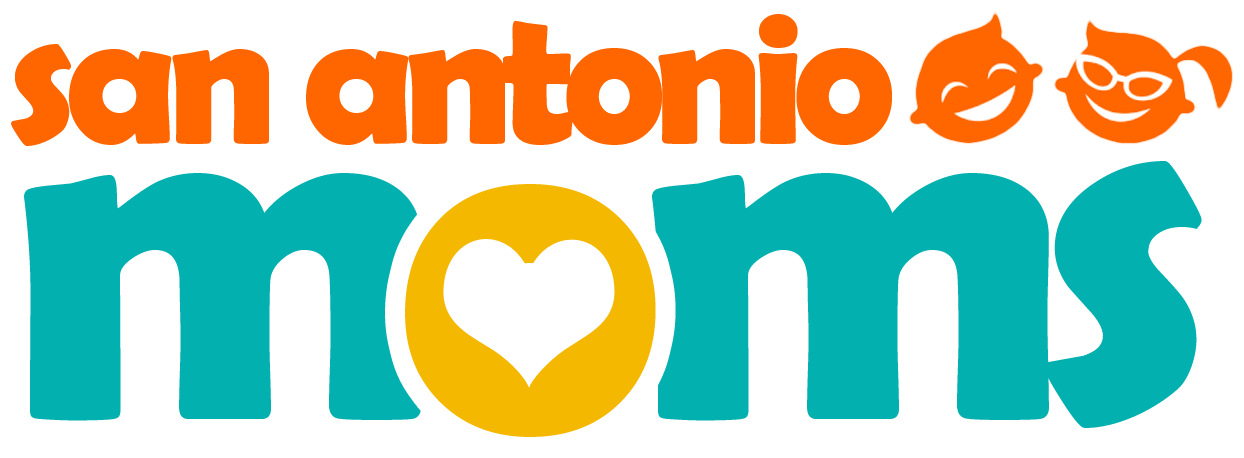Attention Deficit Hyperactivity Disorder (ADHD) is among the most controversial and troublesome of educational and child health issues of our day.
Gaining a Knowledge of Child Development for Effective Parenting
Learn why knowledge of child development will enhance effective parenting. By adopting realistic expectations, a parent promotes healthy child development. Becoming a parent entails learning and employing a wide range…
ADHD in Preschool Children
Diagnosing Attention Deficit and Hyperactivity Disorder ADHD is a descriptive diagnosis that must involve a detailed developmental history and physical examination of the child and their behavior Preschool teachers and…
Managing ADHD In Preschool
Strategies for Dealing with ADHD Behaviors in Daycare Tips for coping with Attention Deficit and Hyperactivity Disorder in the classroom Attention Deficit and Hyperactivity Disorder is characterized by the presence…
Diagnosing ADHD in Preschool
Why Early ADHD Diagnosis in Children Under Age 6 is Difficult Toddlers and very young children normally exhibit many of the features of ADHD, but the diagnosis is usually made…
ADHD in Daycare
Strategies for Dealing with ADHD Behaviors in the Preschool Setting Tips for coping with Attention Deficit and Hyperactivity Disorder in the classroom. Attention Deficit and Hyperactivity Disorder is characterized by…
Gaining an understanding of ADHD is only made more difficult by the controversy that surrounds it.
The National Institute of Mental Health says this:
- “Attention Deficit Hyperactivity Disorder (ADHD) is a condition that becomes apparent in some children in the preschool and early school years. It is hard for these children to control their behavior and/or pay attention. It is estimated that between 3 and 5 percent of children have ADHD or approximately 2 million children in the United States. This means that in a classroom of 25 to 30 children, it is likely that at least one will have ADHD.”
Oh, if it was that simple…
Let me list some of the difficulties faced in a discussion of ADHD:
- The subjectivity of ADHD’s symptoms, the difficult nature of diagnosing it.
- The vested interests that educators are sometimes perceived as having as contribute to the diagnosis of ADHD.
- The pliability of the average family doctor when faced with parents who seem to want (or not want) such a diagnosis.
- The risks and controversies associated with medicines for the disorder.
All of these have made ADHD one of the most troublesome of medical and educational issues.
The problem is simple. Most professionals agree that ADHD exists (which is also to say that there are some in the field who don’t agree that the disorder is even real). The main symptoms are inattention, hyperactivity, and impulsivity; but these can all be caused by some other problem and exist to some lesser extent in perfectly normal children. And the symptoms develop over time. A child may exhibit one of the symptoms, that symptom may get worse over a course of months (or years), and then other symptoms may emerge.
To confuse the issue even further, ADHD comes in three different types, according to the Diagnostic and Statistical Manual of Mental Disorders (DSM IV-TR). There are kids who are predominately hyperactive, kids who are predominately inattentive, and kid who have combined those first two types.
Some absolute standards do exist in the diagnosis of ADHD. First, the child has to have exhibited the symptoms of ADHD before age seven. And those symptoms have to have continued for at least six months. In addition, the behaviors must be bad enough to create “a real handicap” in at least two areas of the child’s life. So if the child’s only problem is school, it’s almost certainly not ADHD. To be ADHD, the symptoms have to create problems in the sandbox at the park or at home, as well. The symptoms have to be “excessive, long-term, and pervasive.”
